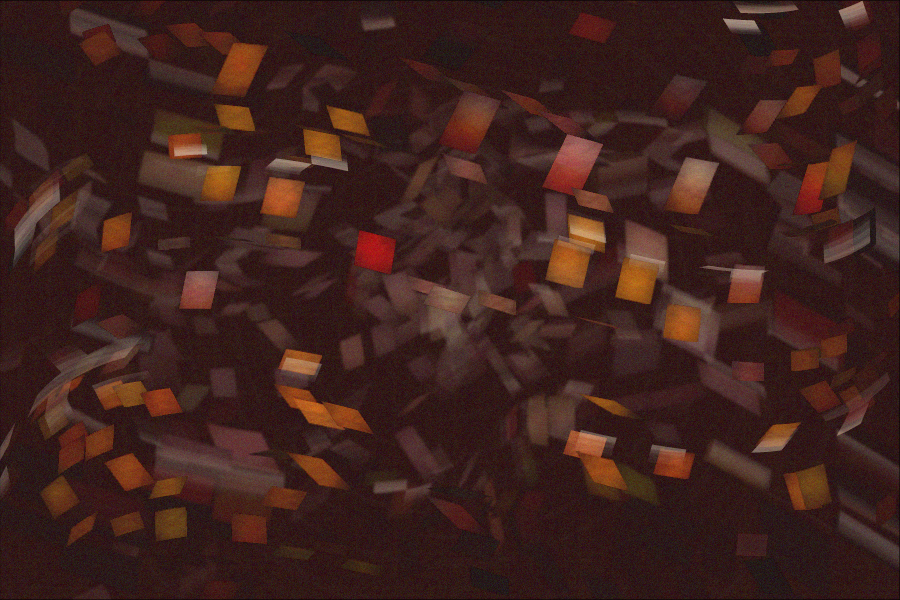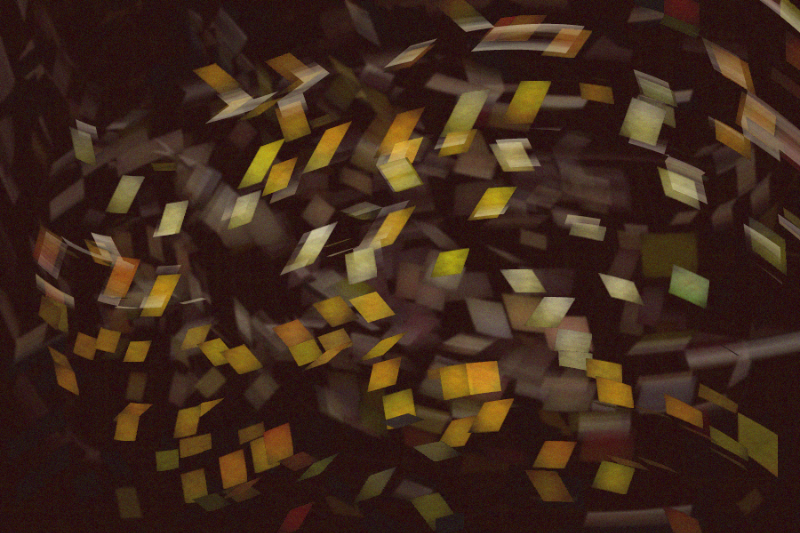
Bridging the Gap: From Creative Coding to Generative Art
written by KeiAndo
It has been nearly a year since I released my last work. During this time, I've been immersing myself in coding, brushing up on my skills, and learning how to better control compositional elements in my artwork. This period has enabled me to make a significant leap from merely engaging in creative coding to creating Generative Art . While most artists on fxHash are probably already familiar with these concepts, I want to highlight them as an introduction for newcomers to code-based art.
The Paradigm Shift
The major turning point in my journey came from reading Tyler Hobbs' essay on "Color Arrangement in Generative Art," which triggered this paradigm shift. The techniques he discussed about the use of color were insightful, but the true impact came from understanding the broader concept of controlling compositional elements of the artwork in more detail, not just color.
It dawned on me that it was possible to achieve greater control over compositional elements of the output, to more deliberately imbue my work with artistic essence rather than leaving it to luck when the random variables aligned just right.
project name project name project name
Examples from 'Sentimento'
Creating the Basic Armatures and Structure
The basic forms to be used were defined. I wanted dynamic movement and rhythm for this work, so I used forms created using bezier curves. This is what the forms would look like if all the preset forms were rendered-
Creating Distinct Value Masses
For each of the forms (the rectangular ‘cells’ in the example above), I stored data and settings of the each cell as properties which can be accessed and processed later. This is how I stored the values of the cells for ‘Sentimento’-
let cellData = {
topPts: topPts,
bottomPts: reversedBottomPts,
cpt: centerPoint,
cellCornerPts: cornerPts,
display: 0,
}
Next, I created large zones around the canvas and assigned each of the cells a display value of 0, 1, or 2, depending on which zone each particular cell was located. When the value was 0, nothing would be displayed. If the parameter was 1, high saturation cells would be displayed, and if the parameter was 2, then low saturation cells would be displayed. In this way, there would be chunks of forms displayed, creating distint value masses around the canvas.
In the past, instead of deliberately creating value masses like this, I probably would have just deleted forms at random, hoping that nice masses would be create randomly. This approach often resulted in something like this-
which perhaps has rhythm but no deliberate value masses to make for an interesting composition.
Below is an example where deliberate value masses are created, for a more interesting composition-
Toning Down the Momentum Around the Edges
I wanted dynamic movement and rhythm, but initially, the movement was too strong that the viewer was pulled out of the canvas quite quickly. To counteract this, I used a simple technique of gradually darkening the forms as they neared the edges of the canvas. This kept the contrast sharper towards the center, slowing down the movements towards the edges, and allowing other armatures to bring the viewer back into the canvas.
The stronger contrast near the center was also applied to the middle ground, which brought out those forms to the fore, creating a more balanced composition even when the chunks of forms were placed randomly around the canvas. Aside from making the composition more balanced, it added a layer of depth and contrast and by incorporating a dark background, a middle ground with muted colors, and a foreground with more vibrant colors, the piece came together cohesively.
Conclusion
By learning to control compositional elements in more detail, I feel I can create artworks with deliberate and thoughtful artistic qualities, and what's more, continue improving my works as I develop new methods for doing this. I hope sharing this experience and these examples can inspire others to explore and refine their approach to generative art, achieving their own paradigm shifts and elevating their work to new heights.
I’m looking forward to continuing this exciting journey together with all the other gen art lovers out there!
